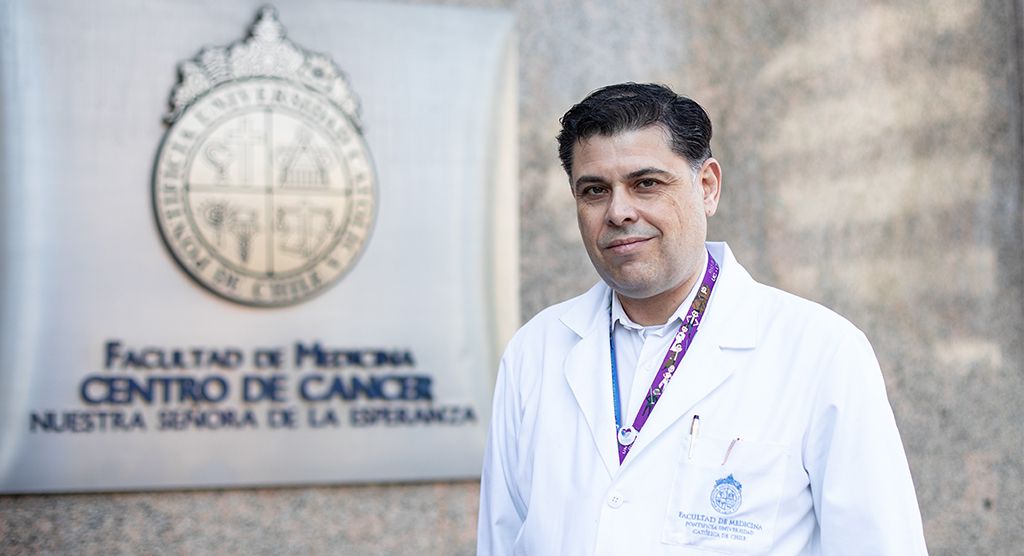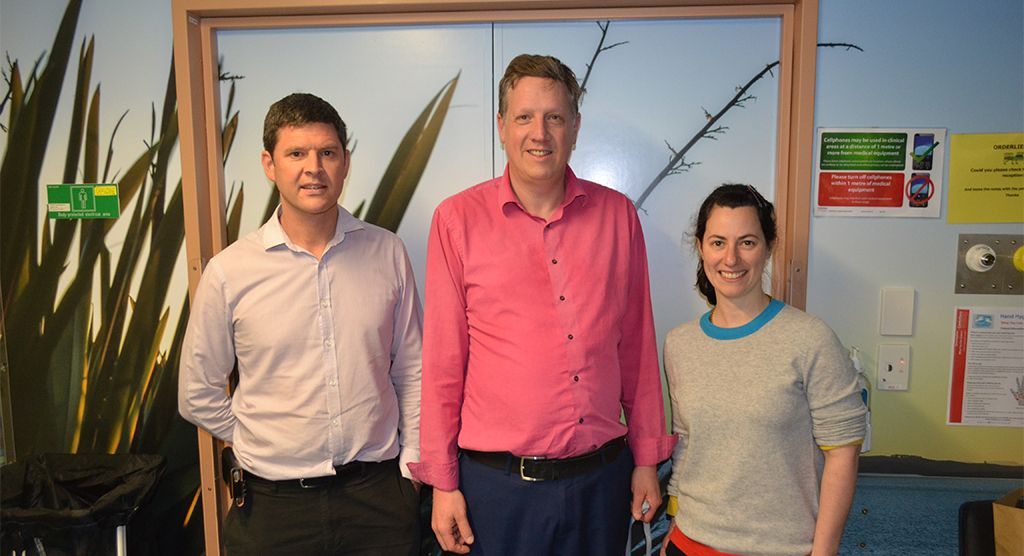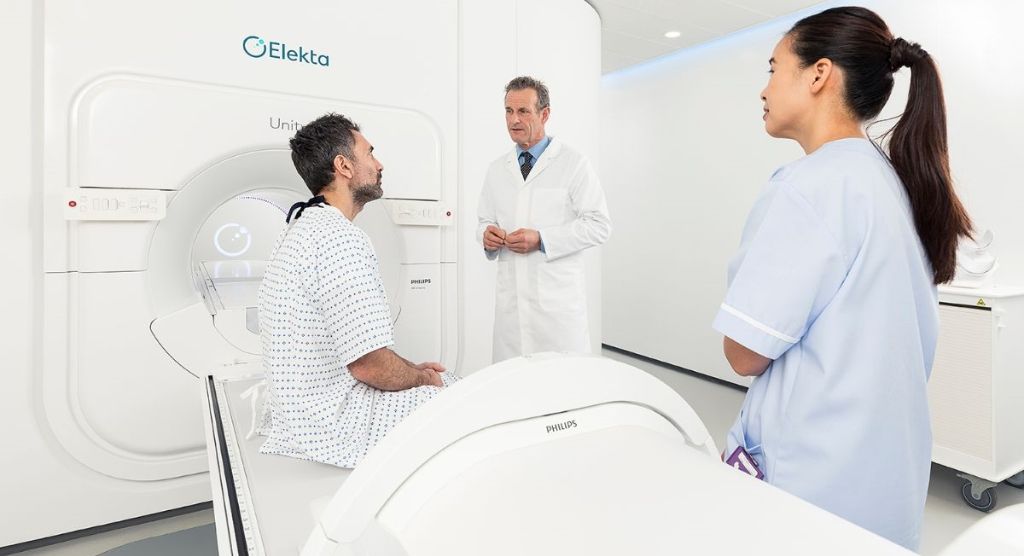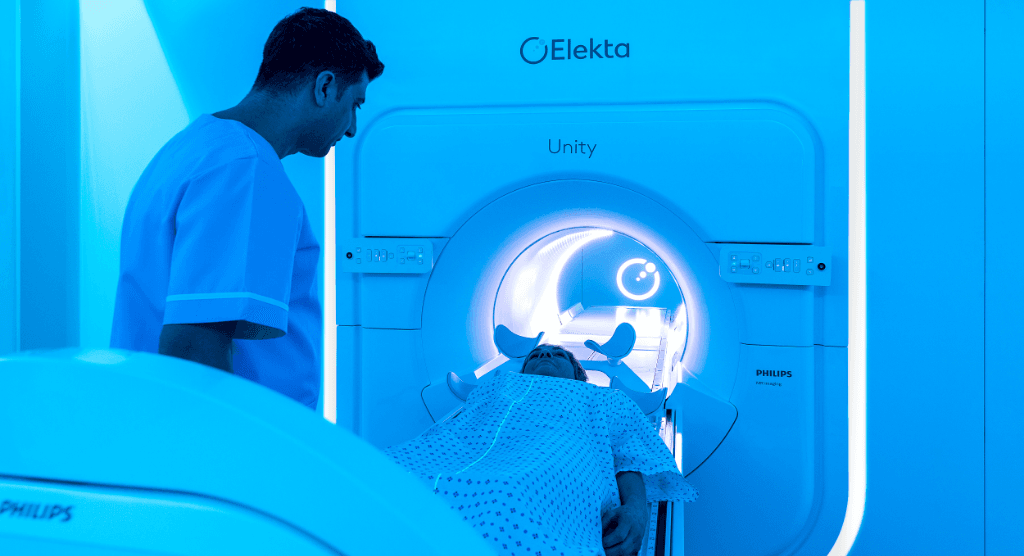Enhanced treatment accuracy for breast radiotherapy
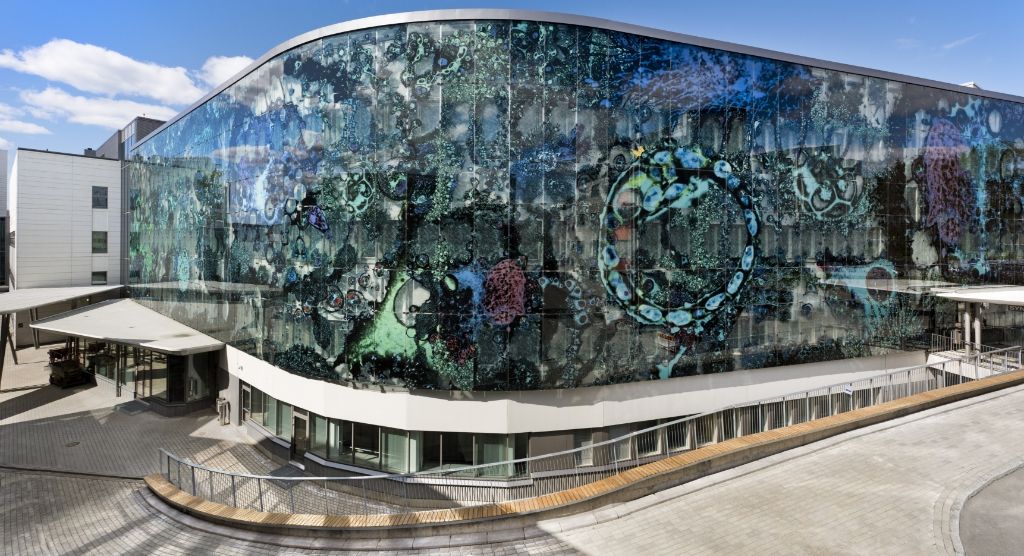
Tangential VMAT for whole breast irradiation ensures better dose homogeneity and improved OAR sparing at Finland’s Kuopio University Hospital

Since Kuopio University Hospital (KUH, Kuopio, Finland) acquired Elekta linear accelerators and Monaco® treatment planning system in 2013, their radiation oncology department has been using tangential volumetric modulated arc therapy (tVMAT) with daily CBCT to treat patients with breast cancer.
Previously, they used a 3D-CRT field-in-field technique, which had some planning limitations for whole breast irradiation (WBI). Challenges included hot and cold spots in the PTV and, in some cases, target coverage was compromised due to heart or lung dose constraints.
KUH has found that tVMAT (see figure 1) effectively achieves homogeneous dose coverage for WBI, with reduced dose to the heart and ipsilateral lung and no increase in dose to the contralateral breast or lung1.

“VMAT enhances dose distributions greatly, reducing hotspots, improving target volume dose coverage and avoiding high dose irradiation of healthy tissue,” comments Chief Physicist, Jan Seppälä. “With the tangential VMAT technique, we have much less skin toxicity than we used to have with our previous 3D-CRT techniques. We have the benefits of a VMAT delivery and can remain confident that there will be no low dose bath.”
Dose homogeneity and reduced dose to OARs are desirable in breast radiotherapy to avoid treatment-related complications, such as breast fibrosis, changes in breast appearance, and late pulmonary and cardiovascular complications1. The radiation oncology department at KUH has been able to achieve these treatment goals and keep contralateral doses to low levels with tVMAT.
Seppälä reports that the cosmetic results following breast radiotherapy at KUH have greatly improved since they have been using this technique.
“Our department is very satisfied to treat our breast patients using such a novel technique with so little toxicity,” he says.
Efficient planning and treatment delivery
The treatment plan is generated quickly and efficiently in Monaco using a Monaco template for breast VMAT and then, once approved, it is automatically exported to MOSAIQ®.
“Monaco templates are great for enhancing efficiency and standardizing the planning process,” Seppälä says. “We have templates for right and left-sided breast cancer patients with various dose levels (15 x 2.67 Gy, 5 x 5.2 Gy or 25 x 2 Gy) and for breast only, with lymph node involvement or for bilateral breast cancer patients. With Monaco optimization constraints we can minimize OAR doses quite nicely.”

“We’re very happy with the new simplified workflow that is now achievable with Monaco HD and MOSAIQ 2.81,” Seppälä continues. “The automated transfer of data including patient setup shifts, imaging fields and seamless plan promotion has made the process easy.”
The total treatment time for breast VMAT, including patient setup, CBCT imaging, image matching and treatment delivery, is around 10 minutes without deep-inspiration breath-hold (DIBH) and approximately 15 minutes with DIBH, with an average beam on time of less than two minutes.
“We have also found that the use of flattening filter free (6 MV FFF) beams has the potential to speed up tVMAT delivery for DIBH treatments without degrading the treatment plan dose distributions2,” Seppälä adds.
Advanced imaging improves patient care
The team at KUH uses daily CBCT image guidance for breast radiotherapy, with the imaging dose optimized to be as low as possible for breast cancer patients (approximately 0.4 mGy for one CBCT).
“Daily soft tissue image matching allows us to use relatively small, 5 mm, CTV to PTV margins,” Seppälä comments. “CBCT imaging complements VMAT treatments greatly because we can see if there are any breast deformations or anatomical changes during the treatment course. If large (> 1 cm) systematic changes occur on the patient surface that would affect dose distributions, then we will replan.”
They also use surface image guidance for patient setup and for guiding patient breath holds. “The C-RAD surface imaging system is used for positioning every breast cancer patient,” he adds. “We no longer use tattoos for setting up these patients. The C-RAD system is also employed to treat left-sided breast cancer patients using a DIBH technique if the patient is capable of holding their breath. Currently, approximately 90 percent of our left-sided breast patients are treated in DIBH.”
All breast EBRT cases at KUH are now treated using VMAT. For further information, including KUH’s future plans to use Elekta ProKnow for cosmetic outcomes data, read the customer perspective.
References
- Virén, T, Heikkilä, J, Myllyoja, K, Koskela, K, Lahtinen T and Seppälä, J. (2015) Tangential volumetric modulated arc therapy technique for left-sided breast cancer radiotherapy. Radiation Oncology 10: 79.
- Koivumäki, T, Heikkilä, J, Väänänen, A, Koskela, K, Sillanmäki, S, Seppälä, J. (2016) Flattening filter free technique in breath-hold treatments of left-sided breast cancer: The effect on beam-on time and dose distributions. Radiotherapy and Oncology 118: 194–198.

